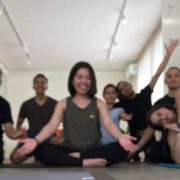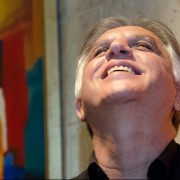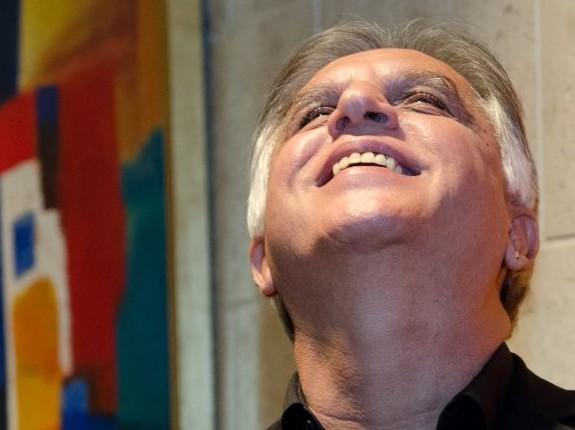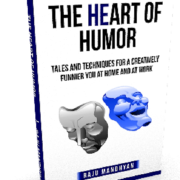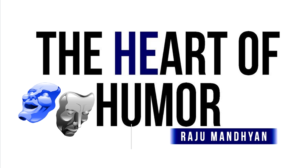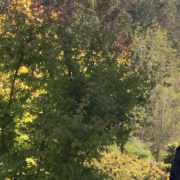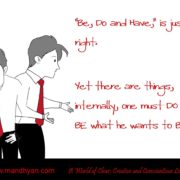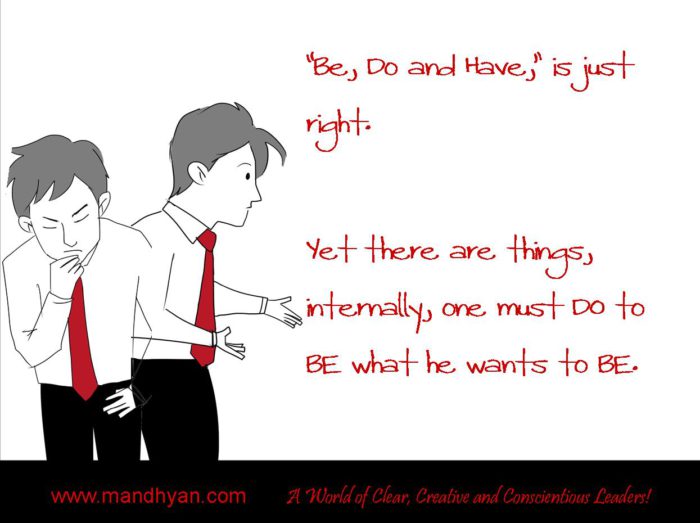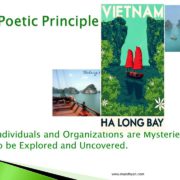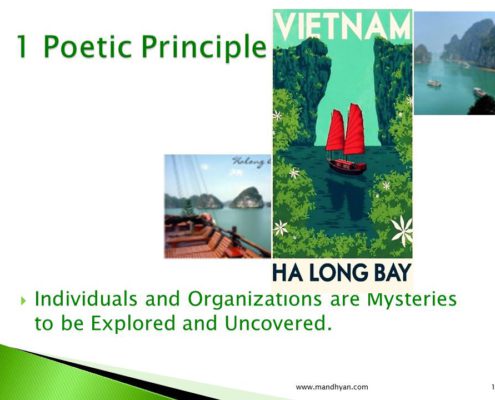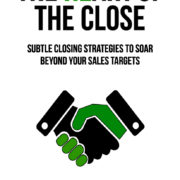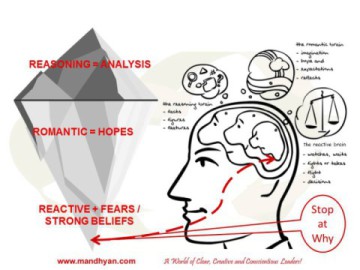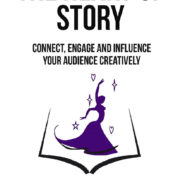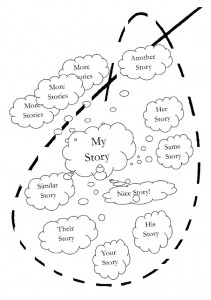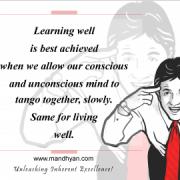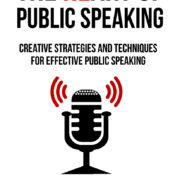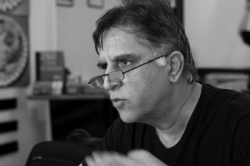Respect, Renunciation and Resilience in Sales
It’s sad enough that the world is broken up into so many geographical parts. We have drawn lines of differentiation from the North to the South Pole, from the East to the West. Our beliefs, ethnicities and cultural mindset further influence our attitude and treatment of others, putting them into stereo-typed segments. Effective and successful leaders must strive to rise above all this murk. They have an open and supportive mindset backed by immense tolerance for other people who do not reason, romanticize or react to issues the way they do.
Although the human brain is divided into the three functional segments of reasoning, romanticizing and reacting, every single one of us is a unique individual because of different genetic permutations, diverse backgrounds, and variances in education and exposures. Unfortunately, societal programming leads us into generalizing and stereotyping people at first glance. Effective and successful leaders respect diversity by accepting that people are different. Their behavior is simply different; not necessarily bad or worse than our own uniqueness. In addition, leaders and successful salespeople profoundly recognize that human circumstances and perspectives are in a state of constant flux. Perceived realities vary and these realities change from moment to moment all the time.
A buyer who shows interest in your product on Monday morning may suddenly have a shift in his circumstances and could change his mind on Tuesday afternoon. The ultimate reality is: different realities and they are changing all the time. It’s easy to say “different strokes for different folks” or “the only constant in this world is change” but it’s totally another matter to live out these truths. To succeed across diversity and constant change, we must live out these beliefs and practice open-mindedness, flexibility and adaptability… all the time, evert time.
In the world of neurosciences and its application to work, there exists a respected group of consultants who do not at all use the word ‘is’ when describing another person in their communications and interactions. Why? They believe what ‘is’ means to the speaker is simply that particular speaker’s perspective; not solid fact. What ‘is’ today may not be what ‘is’ tomorrow. Everything and everyone is always changing.
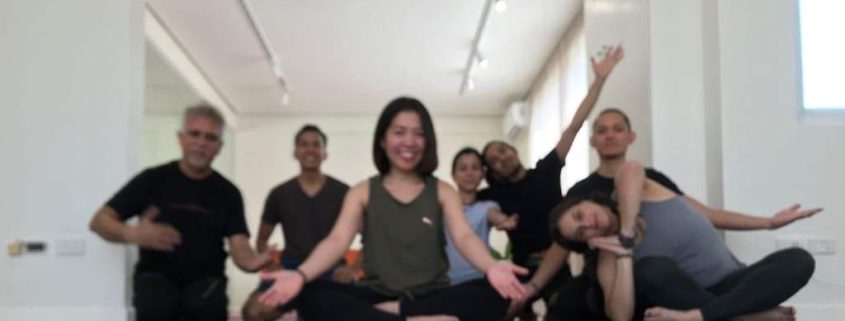
Respect, Resilience and Renunciation
Respecting diversity amongst people is a challenging habit to live out and practice. Yet it can grant us the power of being a super sales performer and human being above par. With this habit we can become active learners, early adapters and resilient Samurais of interpersonal skills in every sales and selling interaction. It keeps our proverbial ‘saw’ eternally sharp and smooth so it can cut, softly and subtly, through the hardest of challenges.
An attitude and mindset like this builds resiliency, help us practice Zen-like renunciation from short-term results and instant gratifications common in the business of selling and driving positive change. So go leap of those cliffs every day and should you fall then get up, dust yourself off and get into the pit again and again. Remember to respect differences, renunciate from the anguish of failure and keep your spirits bouncy.
Article inspired by The HeART of the CLOSE
Raju Mandhyan, Author, Coach and Learning Facilitator

